HOCl Publications
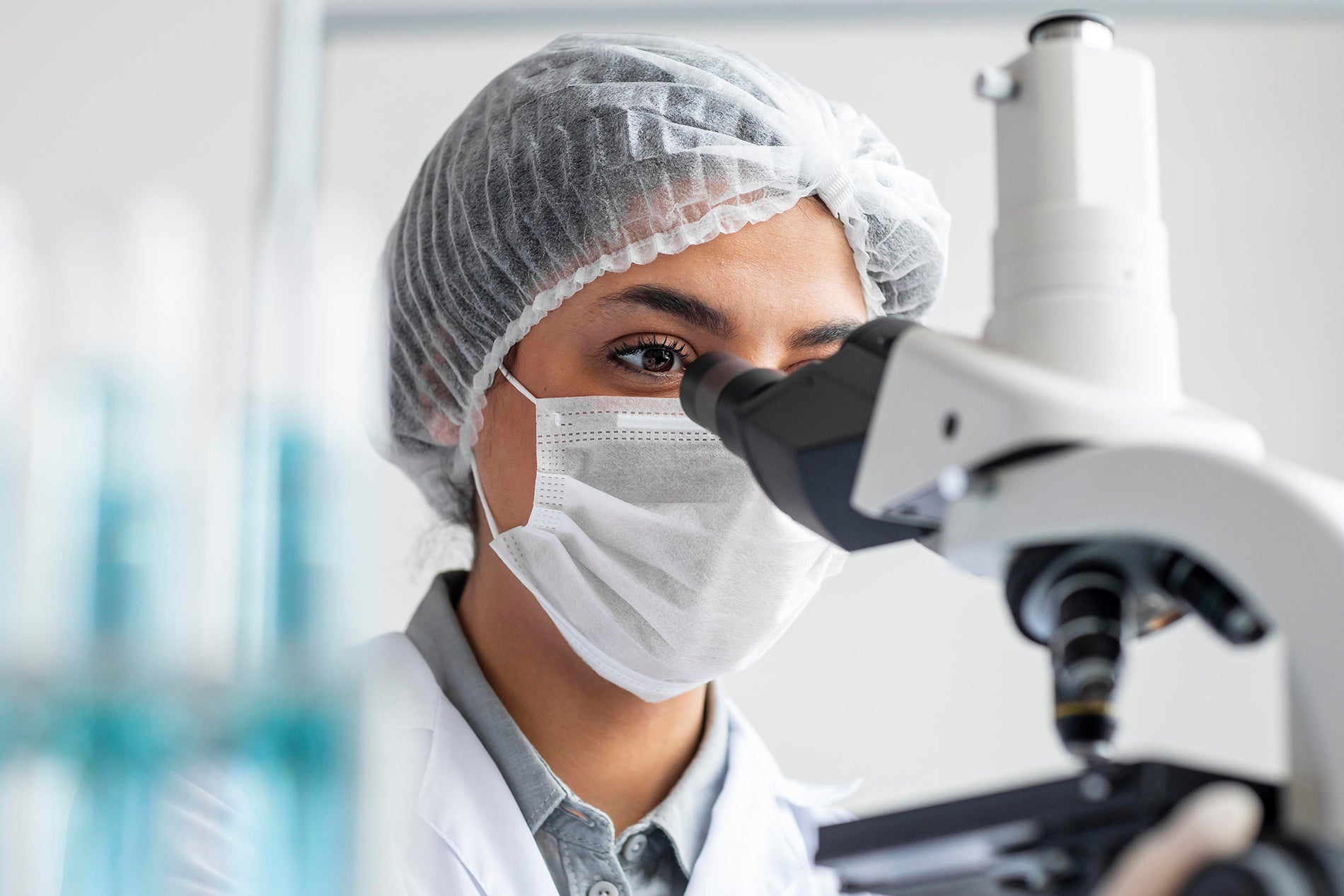
Inactivation of Prions and Amyloid Seeds with Hypochlorous Acid
PLOS Pathogens: Here we show that hypochlorous acid, a disinfectant that is produced naturally by certain cells within the body, has strong anti-prion and anti-amyloid activity. We find that a non-...
Read more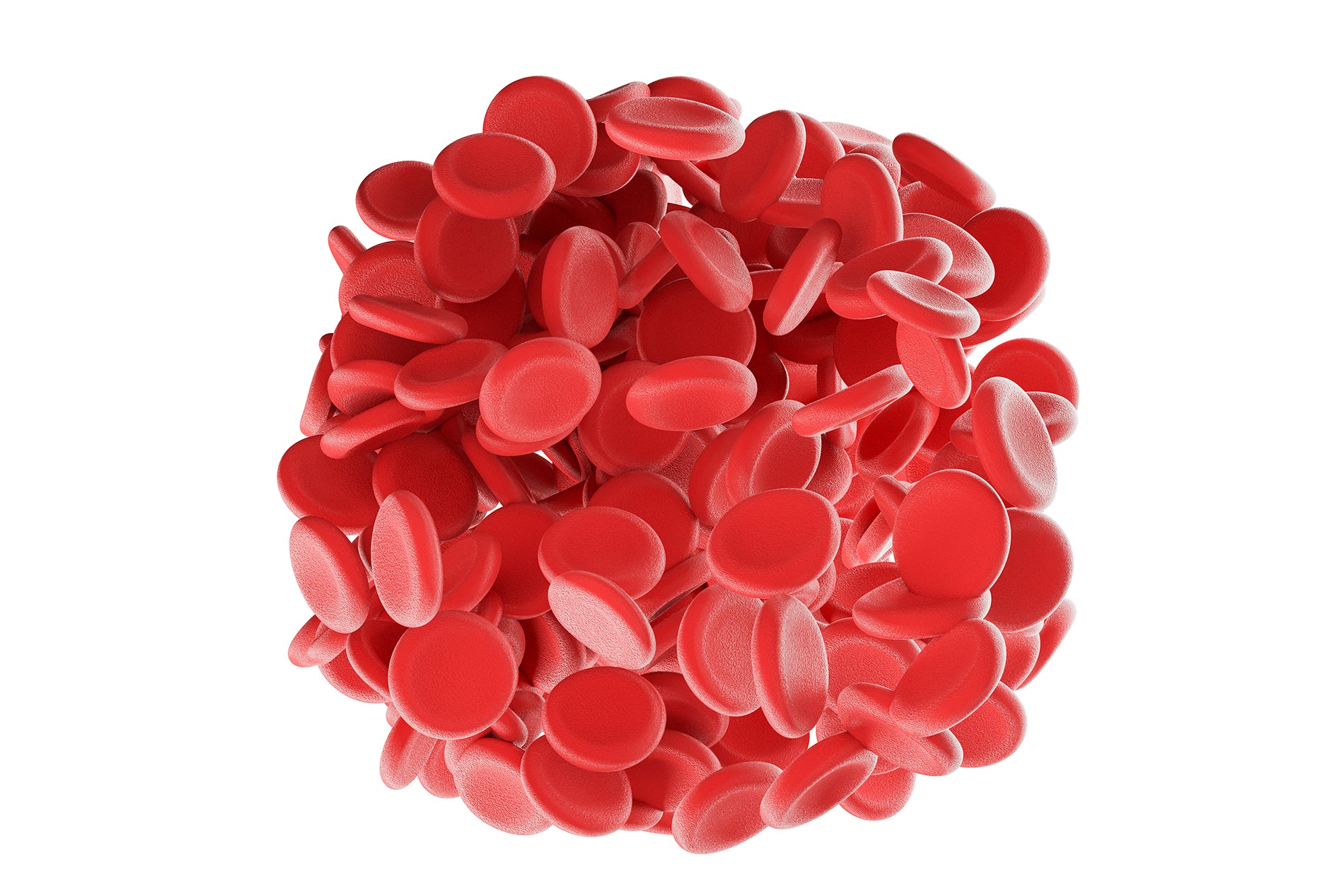
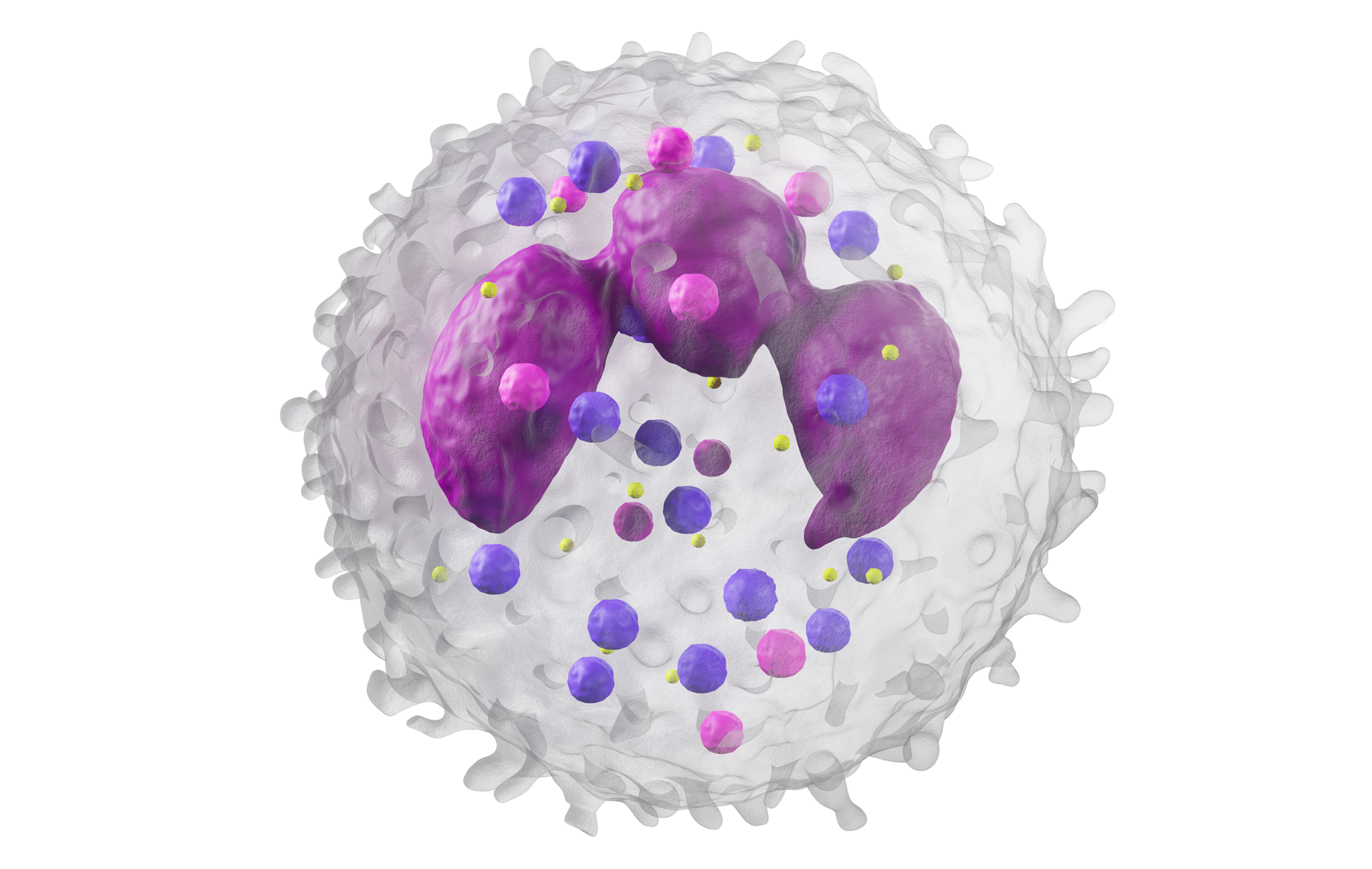
We show in this study that neutrophil-derived oxidants are capable of readily oxidizing the methionine residue at the cleavage site for the VWF-processing enzyme ADAMTS13.
Read more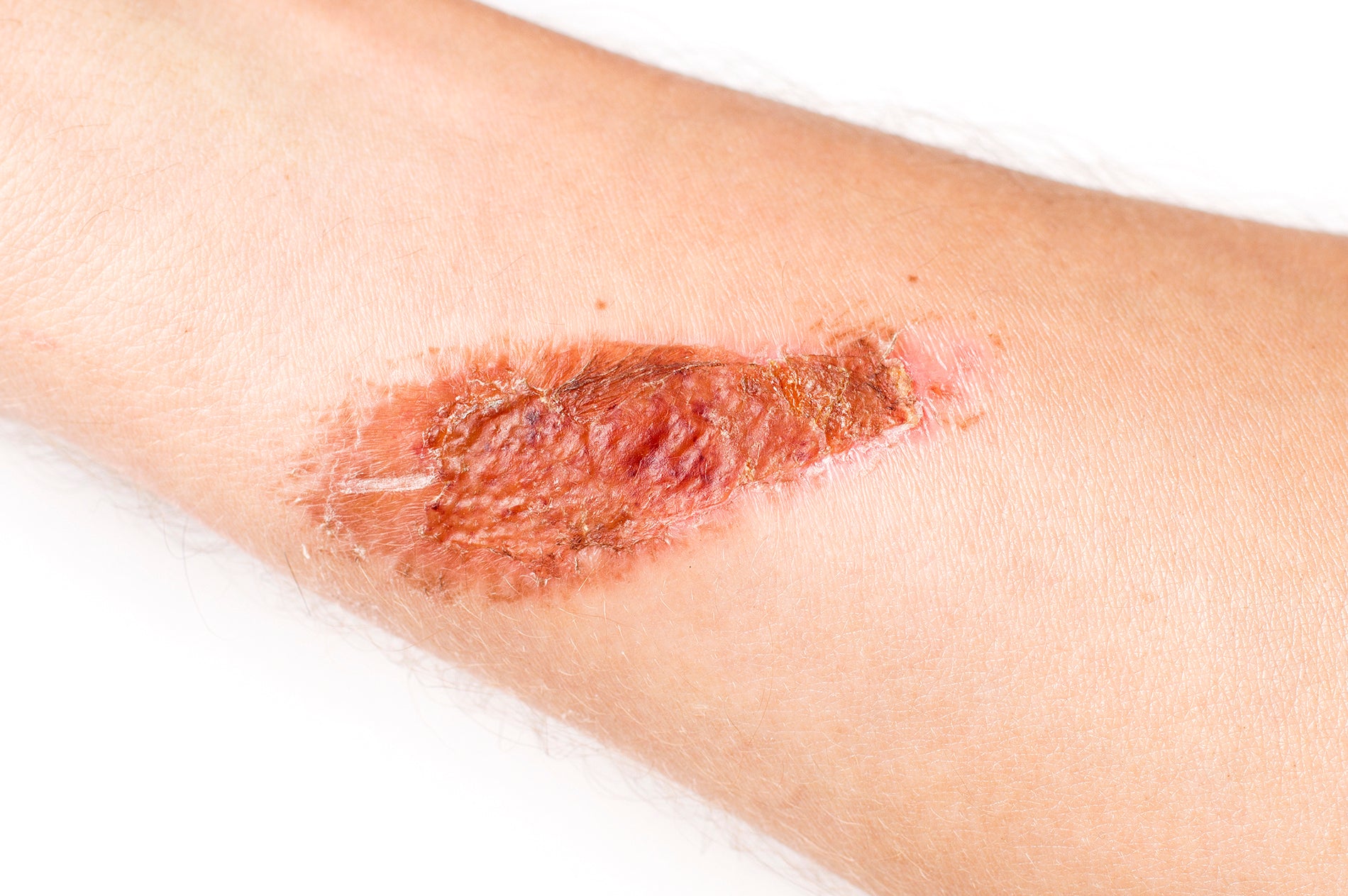
Hypochlorous Acid as a Potential Wound Care Agent
HOCl is known to be the major strong oxidant produced by neutrophils, and is a potent microbicidal agent within these cells. Experimentally, it has been estimated that neutrophils stimulated in vit...
Read more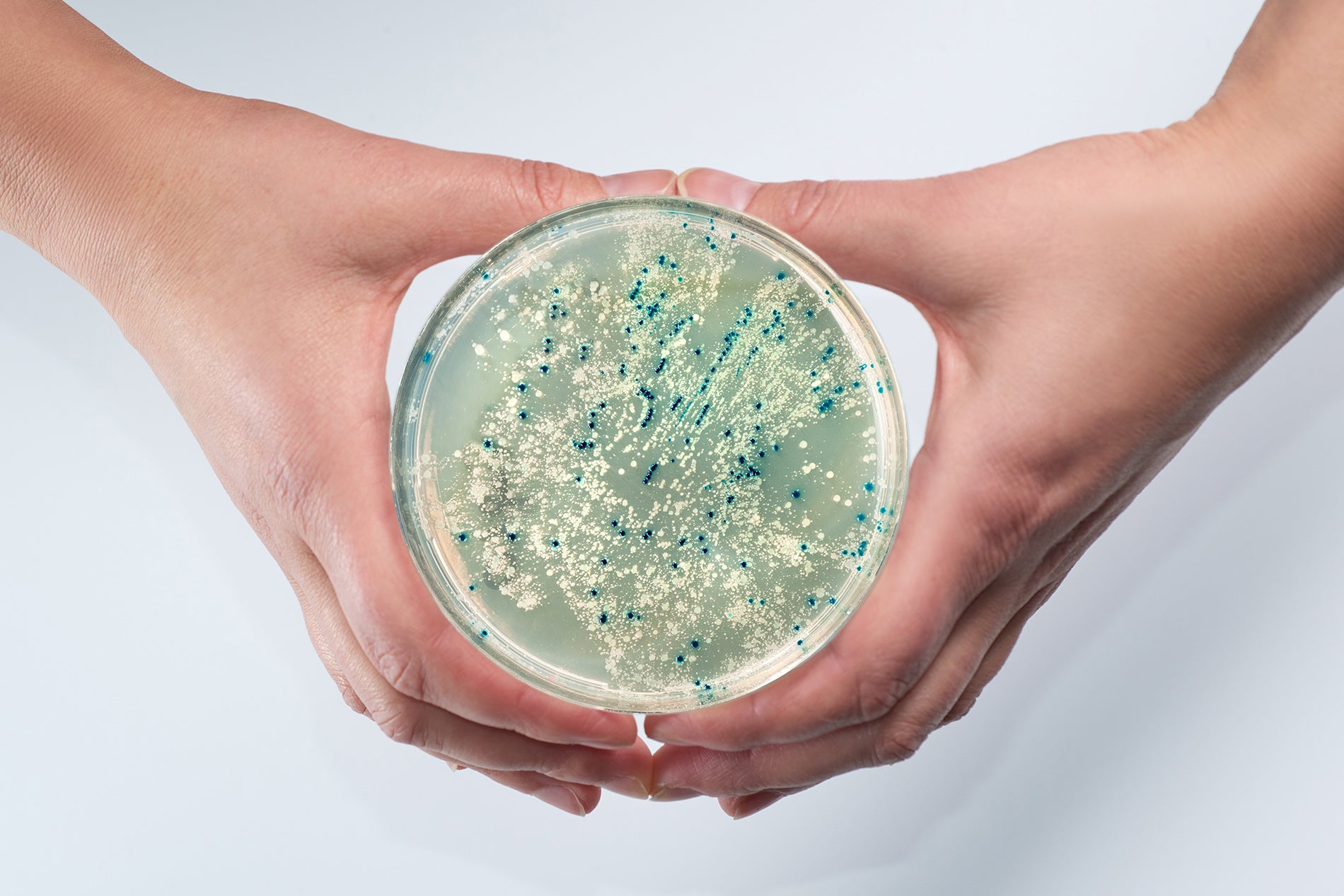
American Society for MicrobiologySeptember, 1999AbstractThe efficacy of electrolyzed oxidizing water for inactivating Escherichia coli O157:H7, Salmonella enteritidis, and Listeria monocytogenes wa...
Read more
These effects were apparent within 5 min of HOCl exposure, and were not reversed by extensive washings. DNA synthesis (incorporation of [3H]-thymidine) was significantly affected by even a 1 min ex...
Read more
In our observations on the hypochlorites we found that hypochlorous acid is a more potent germicide than its salts, and we have accordingly-devised a method in which the free acid is employed as th...
Read more